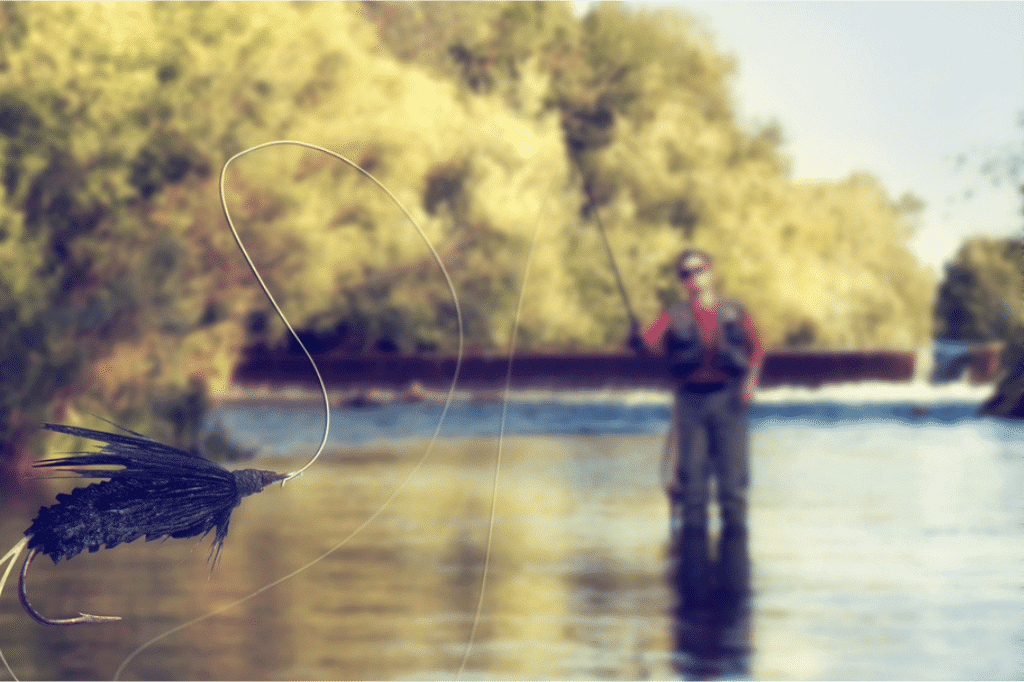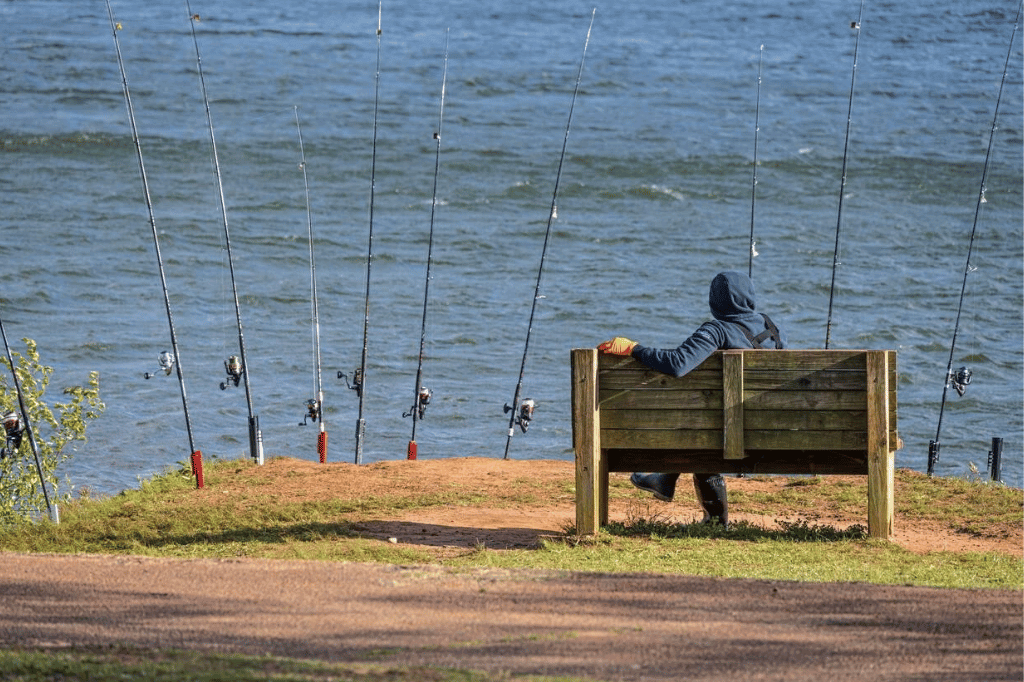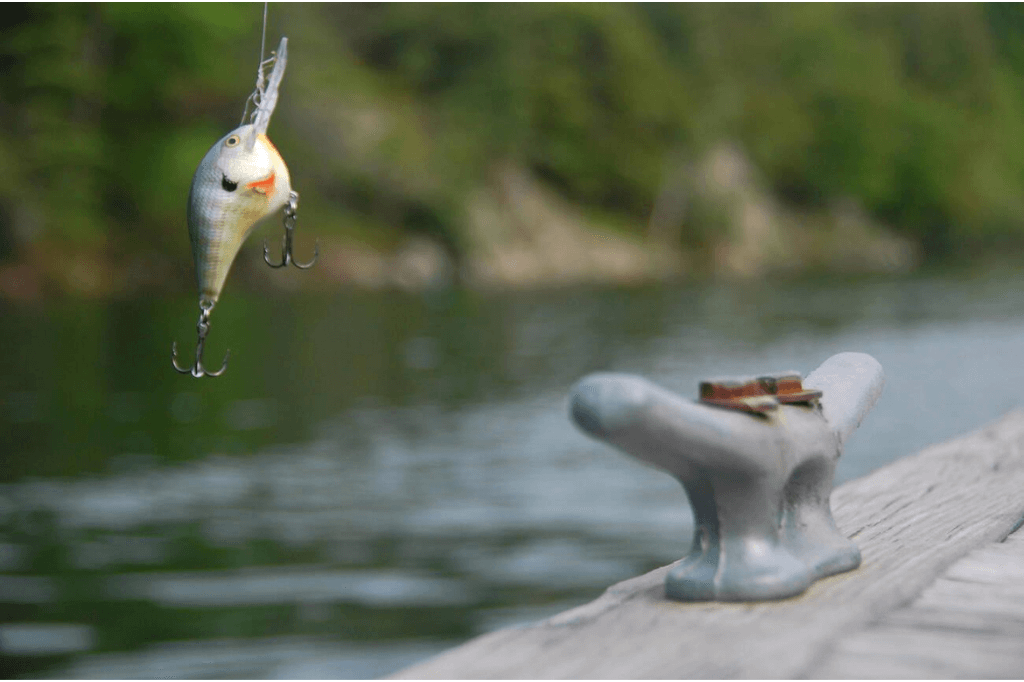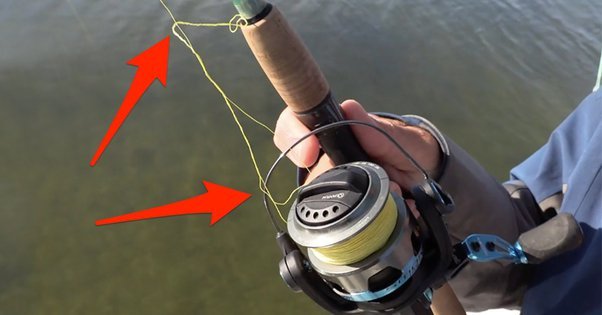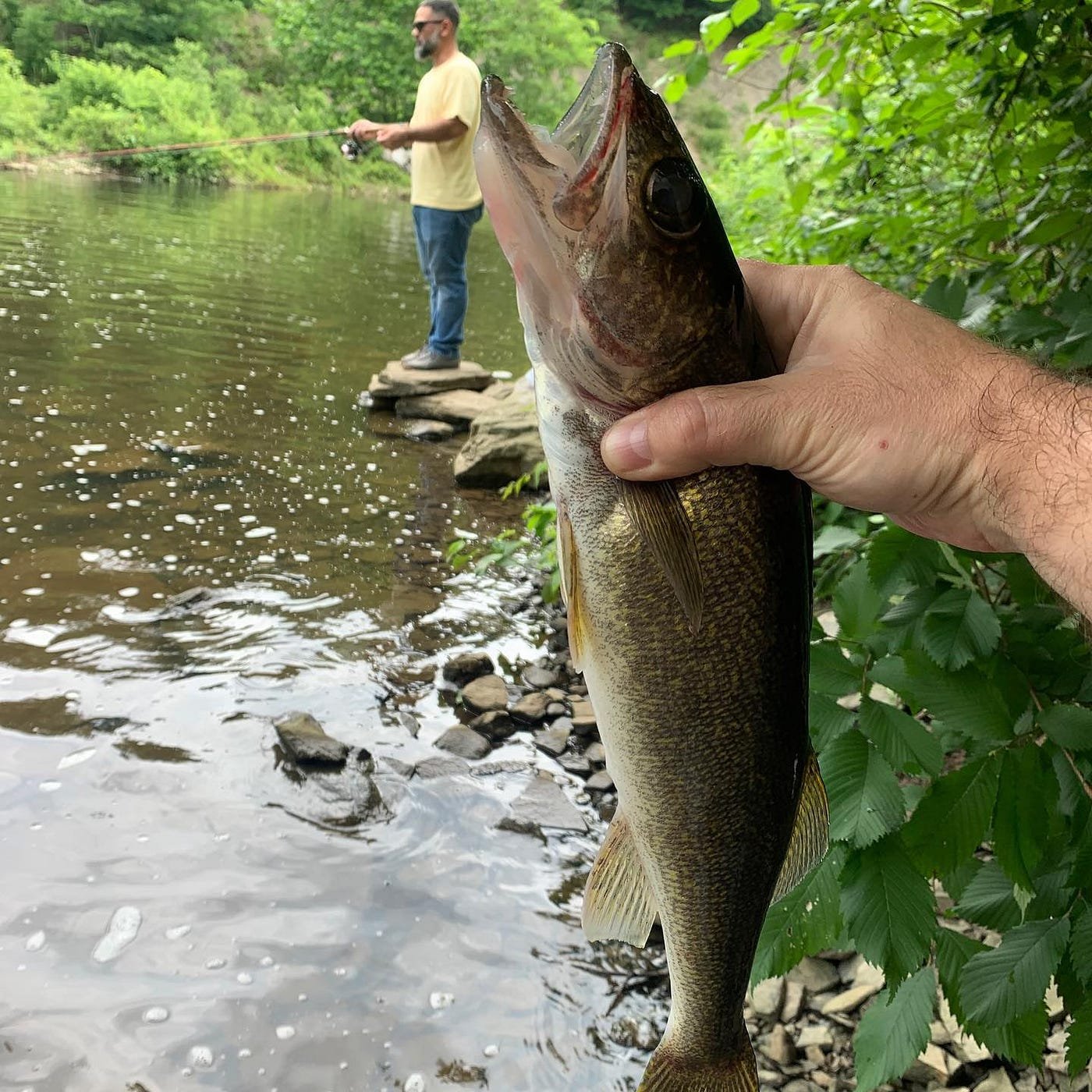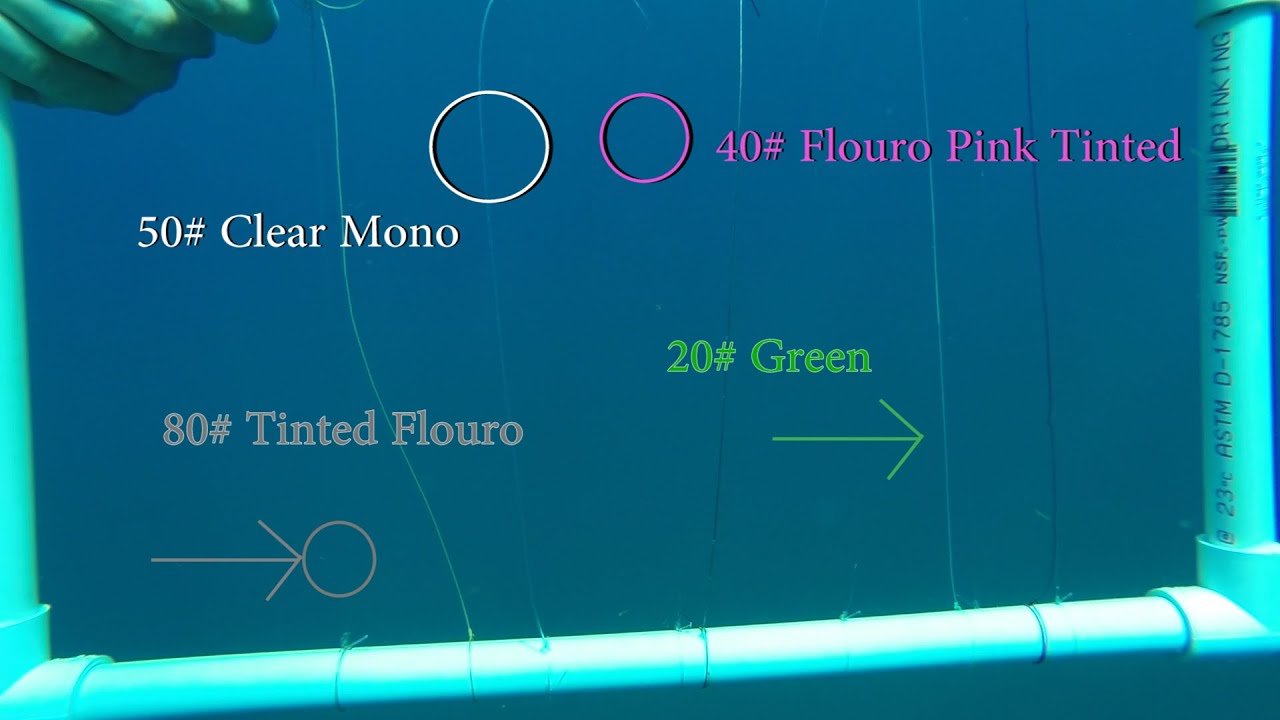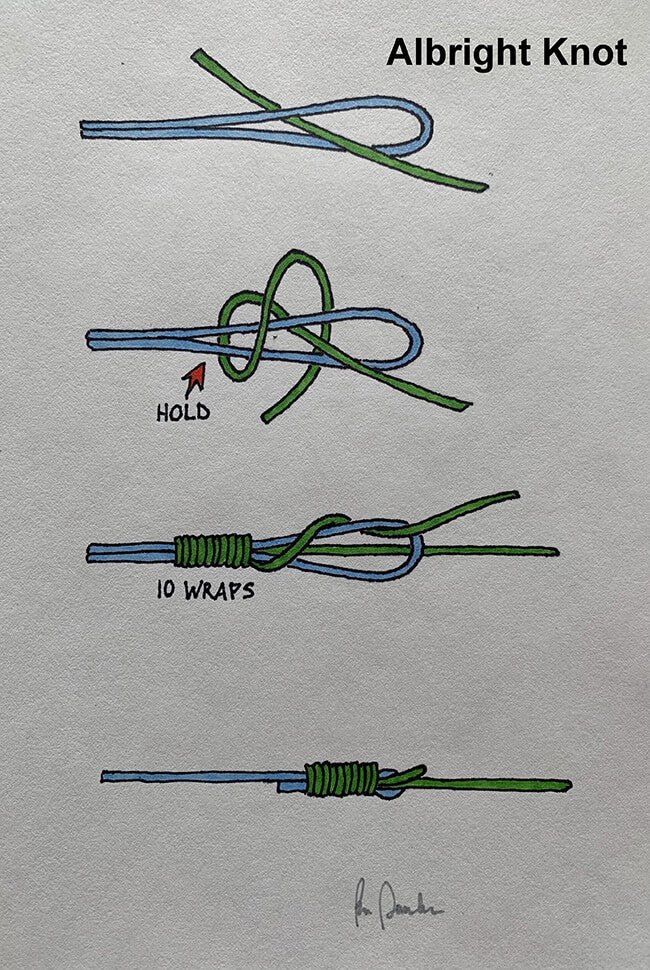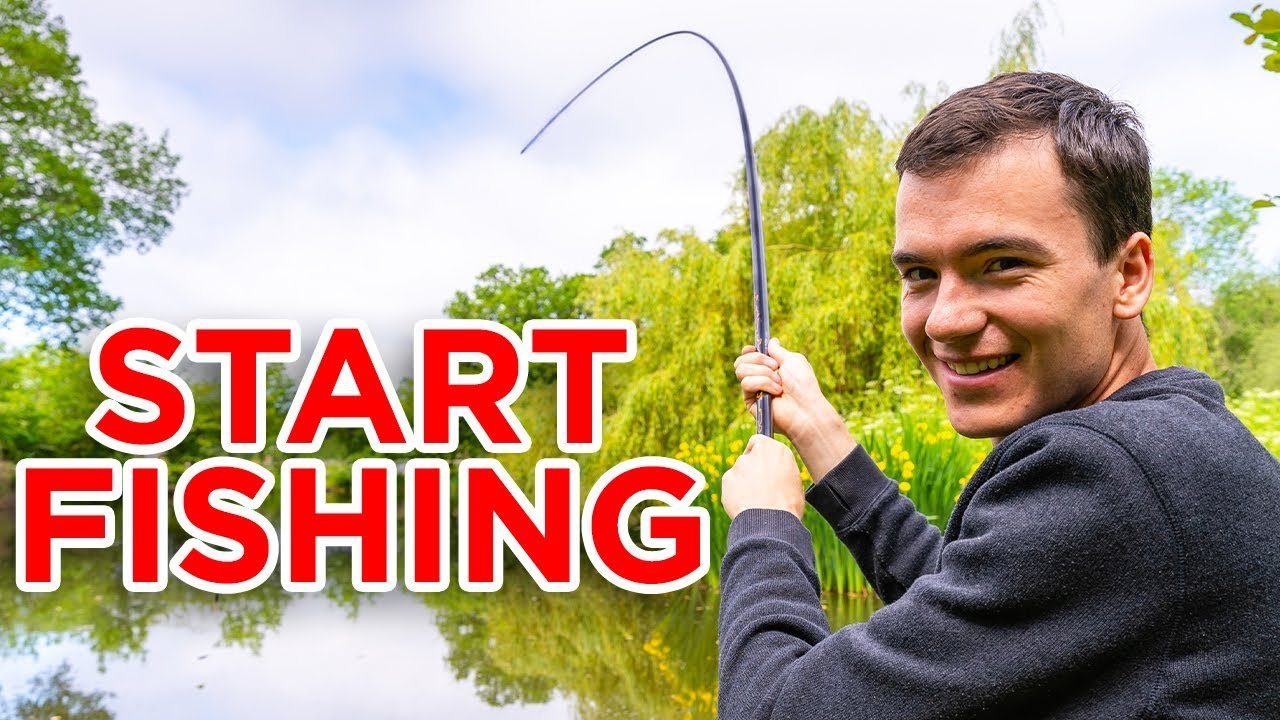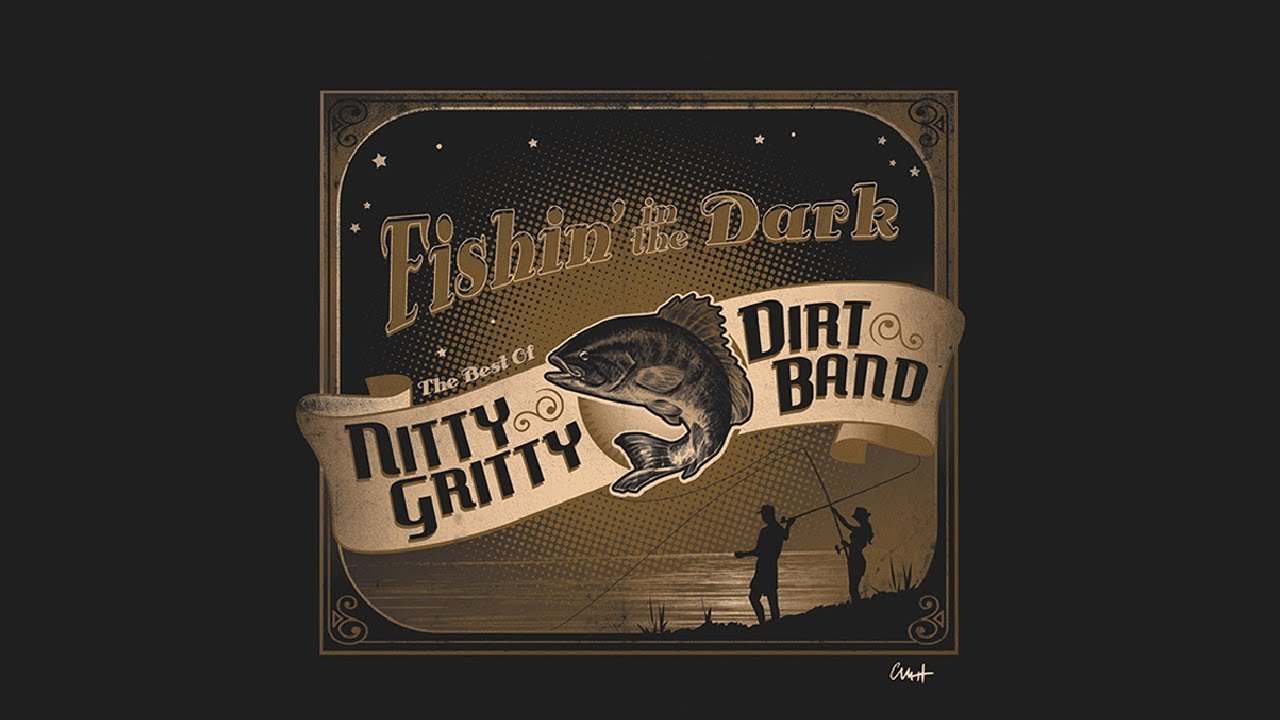Anglers across the globe constantly seek the edge that will make their bass fishing trips more successful. Bass fishing rigs, the heart of any angler’s arsenal, are crafted to suit various conditions and behaviors of bass. Whether fishing in deep waters, around heavy cover, or in open water, there’s a rig for every situation.
Texas rigs, Carolina rigs, drop shot rigs, and wacky rigs are among the most popular, each with its unique benefits and applications. Understanding these rigs and mastering their use can significantly increase an angler’s productivity on the water. With the right rig, you can entice even the most stubborn bass, ensuring an exciting and fruitful fishing experience.
The Lure Of Bass Fishing
Bass fishing stands as a thrilling pursuit for anglers around the globe. The excitement of casting a line and the suspense of the wait fuse into an addictive hobby. The chase for the elusive bass ignites a passion that spans ages and skill levels, drawing enthusiasts to lakes and rivers far and wide.
Why Bass Fishing Captivates Anglers
Bass fishing offers a blend of challenge and accessibility that hooks anglers. Every cast presents a new puzzle, as fishermen strategize to outsmart their quarry. The variety of rigs and techniques keeps the sport fresh and engaging, ensuring no two trips to the water are ever the same.
- Varied techniques for every skill level
- Exciting catch-and-release practice
- Year-round fishing opportunities
Trophy Bass: The Ultimate Prize
Landing a trophy bass is a dream for many anglers. These impressive catches symbolize not just skill, but also patience and perseverance. The pride in showcasing a trophy bass resonates deeply within the fishing community, offering a tangible goal that fuels countless hours of pursuit.
| Trophy Bass Qualities | Why It’s Valued |
|---|---|
| Size and Weight | Reflects the angler’s prowess |
| Fight and Spirit | Provides an exhilarating challenge |
| Rarity | Increases the sense of achievement |

Basic Gear For Bass Angling
Every bass angler knows that success on the water hinges on the right gear. From the perfect rod and reel to the ideal line, each element plays a pivotal role in landing that prized catch. Let’s dive into the essentials for bass fishing rigs and make sure you’re fully equipped for your next fishing adventure.
Choosing The Right Rod And Reel
Selecting the ideal rod and reel combo is crucial for bass fishing. The right set can mean the difference between a trophy bass and a lost fish. Here’s a quick guide to help you make the perfect choice:
- Length: A rod between 6.5 to 8 feet is versatile for most situations.
- Power: Medium to heavy power rods are best for bass fishing.
- Action: Fast action rods give better sensitivity and hook-setting power.
- Reel Type: Baitcasting reels are preferred by many for their control and precision, while spinning reels are great for beginners.
Line Selection For Maximum Performance
The line is your direct connection to the bass, so choosing the right one is essential. Consider these factors for peak performance:
| Line Type | Benefits |
|---|---|
| Monofilament | Stretchy and forgiving, perfect for topwater lures. |
| Fluorocarbon | Low visibility with good sensitivity, suited for clear waters. |
| Braided | Strong with no stretch, ideal for heavy cover. |
Remember to match the line weight with your rod, reel, and the size of fish you’re targeting. A line ranging from 6 to 12 pounds is sufficient for most bass fishing scenarios.
Anatomy Of A Bass Fishing Rig
Understanding the Anatomy of a Bass Fishing Rig is key to mastering the art of bass fishing. A rig is not just a hook and a worm. It is a sophisticated setup that allows anglers to present their bait in the most natural way possible. This section will dissect the rig, piece by piece, to reveal what makes an effective bass fishing rigs.
Components Of Effective Bass Fishing Rigs
The right components can make or break a bass fishing experience. Let’s explore the essentials:
- Hook: The type of hook used is critical for securing the bass.
- Line: A strong, invisible line ensures the fish does not get away.
- Sinker: Sinkers help the rig reach the desired depth.
- Swivel: Swivels prevent line twisting and allow for smooth lure movement.
- Soft Plastic or Lure: This is what entices the bass to bite.
How Rigs Influence Lure Action
The setup of a rig directly affects how a lure moves in the water:
| Lure Type | Action Influenced by Rig |
|---|---|
| Crankbaits | Rigs with less weight allow a natural wobble. |
| Plastics | Weighted rigs can make these sink slowly, mimicking prey. |
| Topwater | Minimal rigging lets these lures dance on the surface. |
Each part of the rig plays a role in the lure’s presentation. A well-assembled rig can enhance the lure’s ability to mimic real fish movements. This, in turn, increases the chances of catching that prized bass.
Top Bass Fishing Rigs Explained
Discover the best rigs for successful bass fishing. These setups help catch more fish. Let’s explore the top rigs.
The Versatile Texas Rig
The Texas Rig is perfect for avoiding snags. It works well in both clear and murky water. This rig uses a simple setup:
- Hook – Attach a soft plastic bait.
- Weight – Slides on the line above the hook.
- Knot – Secure the hook with a strong knot.
This rig is great for fishing near weeds and rocks. Fish cannot resist it.
Carolina Rig: The Deep Water Specialist
The Carolina Rig excels in deep waters. It separates the weight from the lure. This setup includes:
- Leader – Long piece of line between weight and hook.
- Weight – Heavy to reach deeper waters.
- Bead – Protects the knot and creates noise.
- Hook – Holds the bait.
This rig is ideal for searching large areas. It helps find where fish hide.
The Drop Shot Rig For Precision
Bass fishing fans, take note! The drop shot rig is a game-changer. It’s perfect for targeting bass with amazing accuracy. This technique allows anglers to suspend bait just off the bottom. It’s ideal for finicky fish or when fishing in highly pressured waters.
Setting Up A Drop Shot Rig
Creating a drop shot rig is straightforward. Here’s a quick guide:
- Start with a 6 to 10-pound test fluorocarbon line.
- Tie on a drop shot hook with a Palomar knot, leaving a long tag end.
- Attach a drop shot weight to the line’s end, 12 to 18 inches below the hook.
- Finally, nose-hook your chosen soft plastic bait on the hook.
This setup keeps your bait dancing enticingly in the strike zone.
Best Scenarios For Drop Shot Fishing
The drop shot rig excels in specific situations:
| Scenario | Why Drop Shot? |
|---|---|
| Deep Water | Control depth precisely, keeping bait in the zone longer. |
| Clear Water | Present a subtle and natural bait presentation. |
| Spawning Season | Target bass on beds without snagging. |
| Near Structure | Minimize snags while keeping bait close to hideouts. |
Master this rig, and watch your catch rate soar!
The Jig Rig For Aggressive Bass
The Jig Rig: A Lure of Precision for the Aggressive Bass
The Jig Rig stands as a formidable player in the game of bass fishing. Known for its versatility and effectiveness, this rig tempts even the most aggressive bass. Perfect for anglers aiming to outsmart their underwater adversaries, the Jig Rig offers a direct line to the thrilling tug of a catch.
Jig Types And Their Uses
Dive into the world of jigs and discover how each type is a key to unlock bass bites. Jigs come in various shapes and sizes, each crafted for a specific scenario.
- Swim jigs: Ideal for weedy waters, they glide through vegetation.
- Football jigs: Perfect for rocky bottoms, they mimic crawfish.
- Finesse jigs: Best for a subtle approach, they excel in high pressure.
Tactics For Fishing With Jig Rigs
Unlock the secrets to master the Jig Rig and invite an aggressive bass to bite.
- Know your water: Choose a jig color that matches the local prey.
- Perfect the hop: A rhythmic hop entices bass to strike.
- Stay vigilant: Detect subtle bites for a successful hook-set.
Finesse Fishing With The Wacky Rig
The Wacky Rig is a favorite among bass anglers. It offers a unique presentation of the worm bait that mimics natural movements in the water. This rig is perfect for cautious fish in calm or pressured waters.
Why Wacky Rigs Work
Wacky Rigs excel due to their simple yet effective design. By hooking the soft plastic worm in the middle, both ends of the worm can move freely. This movement resembles struggling insects or small fish. Bass find this irresistible.
- Natural presentation: The rig’s movement mimics live bait.
- Flexibility: Works in both shallow and deep waters.
- Accessibility: Easy for beginners and experts alike.
Tips For Wacky Rigging Success
To master the Wacky Rig, consider these tips:
- Choose the right worm: Use a soft plastic worm, 4-6 inches long.
- Select the correct hook: A size 1 or 1/0 weedless hook is ideal.
- Perfect the hook placement: Insert the hook directly in the center of the worm.
These tips help maximize the rig’s effectiveness. Remember, patience is key. Allow the rig to sink naturally, and give it time to work its magic.
| Worm Length | Hook Size | Action Type |
|---|---|---|
| 4-6 inches | Size 1 or 1/0 | Free-moving |
Experiment with colors and sizes to find what works best in your fishing environment. Each body of water may require slight adjustments to the rig.
Practice makes perfect. Spend time practicing your cast and retrieval techniques. The more natural the bait appears, the better your chances of a catch.
Advanced Rigging Techniques
Let’s dive into the world of Advanced Rigging Techniques for bass fishing. Expert anglers know that mastering advanced rigging methods can make a significant difference in your catch rate. These techniques allow for precise presentations and can be tailored to the changing conditions of your fishing environment. Whether it’s adapting to water clarity, depth, or vegetation, advanced rigging gives you an edge over the fish—and the competition.
Modifying Rigs For Different Conditions
Changing water conditions call for smart modifications to your rigs. Here’s how to adjust:
- Water Clarity: Use lighter lines and smaller hooks in clear water.
- Depth: Add or remove weight to maintain the right lure action.
- Vegetation: Use weedless hooks to prevent snags.
Remember to match your lure color to the water conditions. In murky water, go for bright or dark colors to make your bait stand out.
Creating Custom Rigs For Unique Situations
Sometimes, off-the-shelf rigs just won’t cut it. Crafting a custom rig can be your secret weapon.
| Situation | Rig Customization |
|---|---|
| Fast Currents | Heavier weights to anchor your lure. |
| Topwater Action | Lighter weights and floating lures for surface engagement. |
| Night Fishing | Glow-in-the-dark or sound-emitting baits to attract attention. |
Test different materials and configurations until you find what works best. Keep notes on successful custom rigs for future reference.
Matching Rigs With Bass Behavior
Understanding bass behavior is crucial for choosing the right fishing rig. Different rigs can be more effective depending on how bass feed, where they hide, and the time of year. Mastering the art of matching rigs with bass behavior can significantly increase the chances of a successful catch. Let’s explore how to select the perfect bass fishing rig to match the ever-changing moods of these elusive fish.
Seasonal Rig Selection
Bass behavior changes with the seasons, affecting which rigs work best. Here’s a quick guide:
- Spring: Use lighter rigs as bass are more active.
- Summer: Opt for deep-water rigs due to heat.
- Fall: Transition to versatile rigs for variable conditions.
- Winter: Choose heavier rigs for sluggish bass.
Matching your rig to the season ensures you’re fishing with the natural patterns of bass, rather than against them.
Adapting Rigs To Bass Feeding Habits
Bass feeding habits vary, and so should your rigs. Consider these tips:
| Feeding Habit | Rig Type |
|---|---|
| Topwater Feeding | Use floating lures and poppers. |
| Chasing Baitfish | Spinnerbaits and crankbaits work well. |
| Bottom Feeding | Jigs and Texas rigs are ideal. |
Select a rig that mimics the prey bass are targeting. This makes your lure irresistible.
Case Studies: Trophy Bass Caught
Every angler dreams of landing a trophy bass. We’ve scoured the bass fishing world for true success stories. The findings? It’s all about the rig. Let’s dive into the tales of monster bass and the rigs that reeled them in.
Rig Choices By The Pros
Professional anglers know that the right rig is key. Bold decisions and smart rig selections define their success. Below, we break down the choices that brought in the big ones.
- Drop Shot Rig: Finesse at its finest, perfect for deep water.
- Carolina Rig: Ideal for bottom-feeding bass, it’s a classic.
- Alabama Rig: Mimics a school of baitfish, irresistible to hungry bass.
Analyzing Successful Bass Catches
A closer look at record catches shows patterns. Rig choice matters, but so does technique.
| Date | Angler | Weight | Rig Type |
|---|---|---|---|
| April 4th | John Doe | 14 lbs | Jig |
| May 22nd | Jane Smith | 15 lbs 3 oz | Texas Rig |
| June 19th | Mike Rogers | 13 lbs 8 oz | Spinnerbait |
These cases show a trend. Jigs, Texas Rigs, and Spinnerbaits lead to success. Techniques varied, but all used slow, methodical movements.
Maintenance And Care For Your Rigs
Maintenance and Care for Your Rigs keeps your bass fishing experience successful and enjoyable. Regular upkeep ensures that your rigs perform at their best. Proper care prevents the wear and tear that can lead to the loss of that big catch. Let’s dive into how you can keep your gear in prime condition and extend its lifespan.
Keeping Your Gear In Top Shape
- Clean your rigs after each use to remove dirt and grime.
- Inspect lines for frays and hooks for sharpness.
- Lubricate moving parts to prevent rust and corrosion.
- Replace parts that show signs of wear or damage.
- Store your rigs properly to avoid tangles and kinks.
Storage Solutions For Longevity
Correct storage is vital for your rigs’ longevity. Follow these simple tips:
| Storage Tip | Benefit |
|---|---|
| Use a rig box | Keeps rigs organized and protected |
| Hang lures vertically | Prevents bending and damage |
| Avoid direct sunlight | Prevents line degradation |
| Maintain a cool, dry place | Reduces rust and mold growth |
| Separate used and new rigs | Prevents cross-contamination |
Practicing Sustainable Bass Fishing
Practicing Sustainable Bass Fishing is not just about the thrill of the catch. It’s about respecting the environment and ensuring that future generations can enjoy the same experiences. As anglers, it’s our duty to maintain the health of bass populations and their habitats. Let’s explore how we can make a difference through responsible practices.
Catch And Release Best Practices
Catch and release is a crucial method for preserving bass stocks. Here’s how to do it right:
- Use the right gear: Opt for circle hooks and non-toxic lures to minimize injury to the fish.
- Handle with care: Wet your hands before touching the bass to protect their slime coat.
- Quick release: Return the fish to water as soon as possible to reduce stress.
Conservation Efforts In Bass Fishing
Conservation efforts are key to sustainable bass fishing. Here are actions taken by anglers and organizations:
| Action | Impact |
|---|---|
| Habitat Restoration | Improves water quality and bass breeding grounds |
| Stocking Programs | Supports the growth of healthy bass populations |
| Educational Campaigns | Raises awareness on sustainable practices |
Frequently Asked Questions
What Rig Is Best For Bass Fishing?
The best rig for bass fishing often depends on conditions, but a Texas rig or a Carolina rig are highly versatile and effective choices for various situations.
What Bait Attracts Bass Most?
Live baits like minnows and worms effectively attract bass. Artificial lures such as crankbaits, spinnerbaits, and plastic worms also work well for enticing these fish. Experiment with different types to see what works best in your fishing area.
What Is The Best Technique For Bass Fishing?
The best technique for bass fishing is to use versatile lures like plastic worms, crankbaits, and spinnerbaits, ensuring varying retrieval speeds and depths to adapt to the bass’ behavior.
How Deep Should I Fish For Bass?
The depth for bass fishing varies; aim for 1-20 feet deep during spring and fall, and 20-40 feet in summer and winter. Adjust your depth according to water temperature, clarity, and bass behavior.
Conclusion
Exploring different bass fishing rigs can significantly enhance your fishing adventures. Each rig offers unique advantages, tailored to various conditions and bass behaviors. By experimenting with these setups, you’ll discover which works best for your style. So grab your gear, try out these rigs, and enjoy a successful day on the water!
















